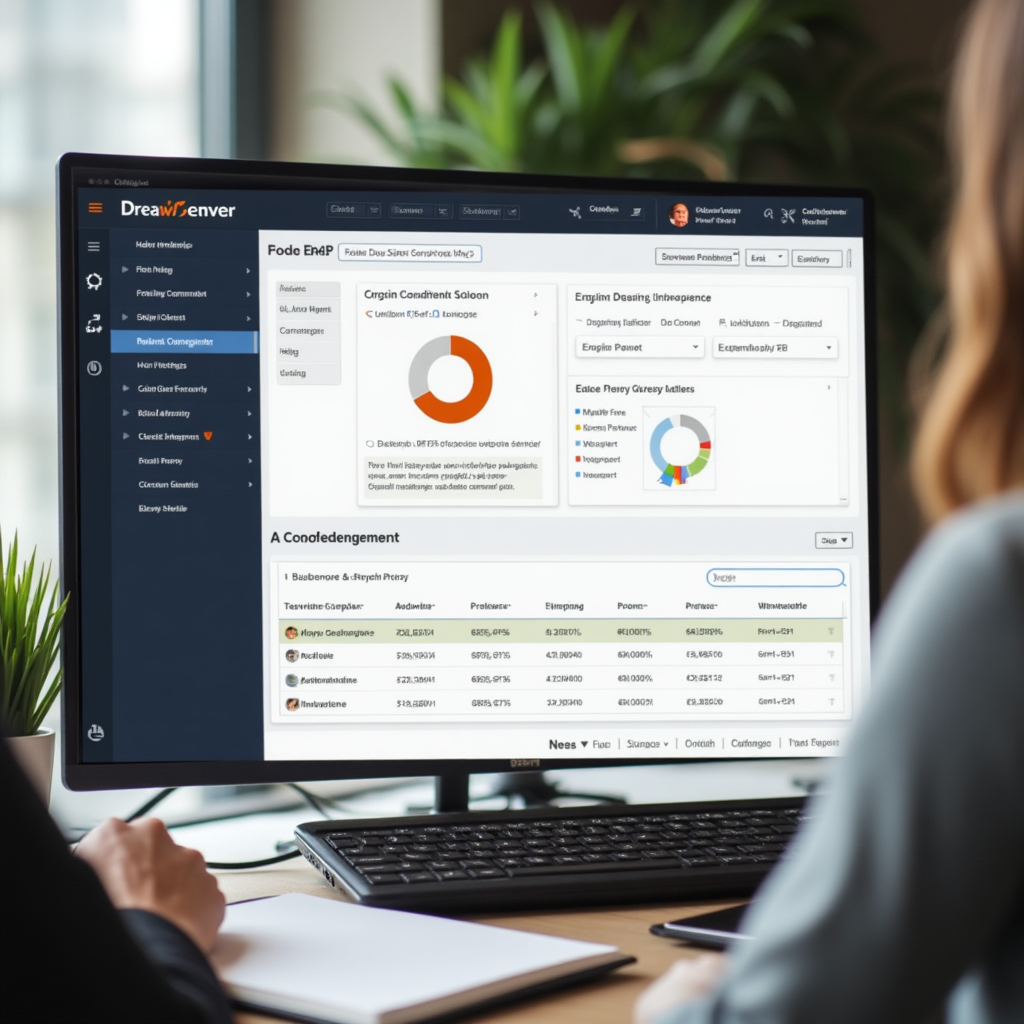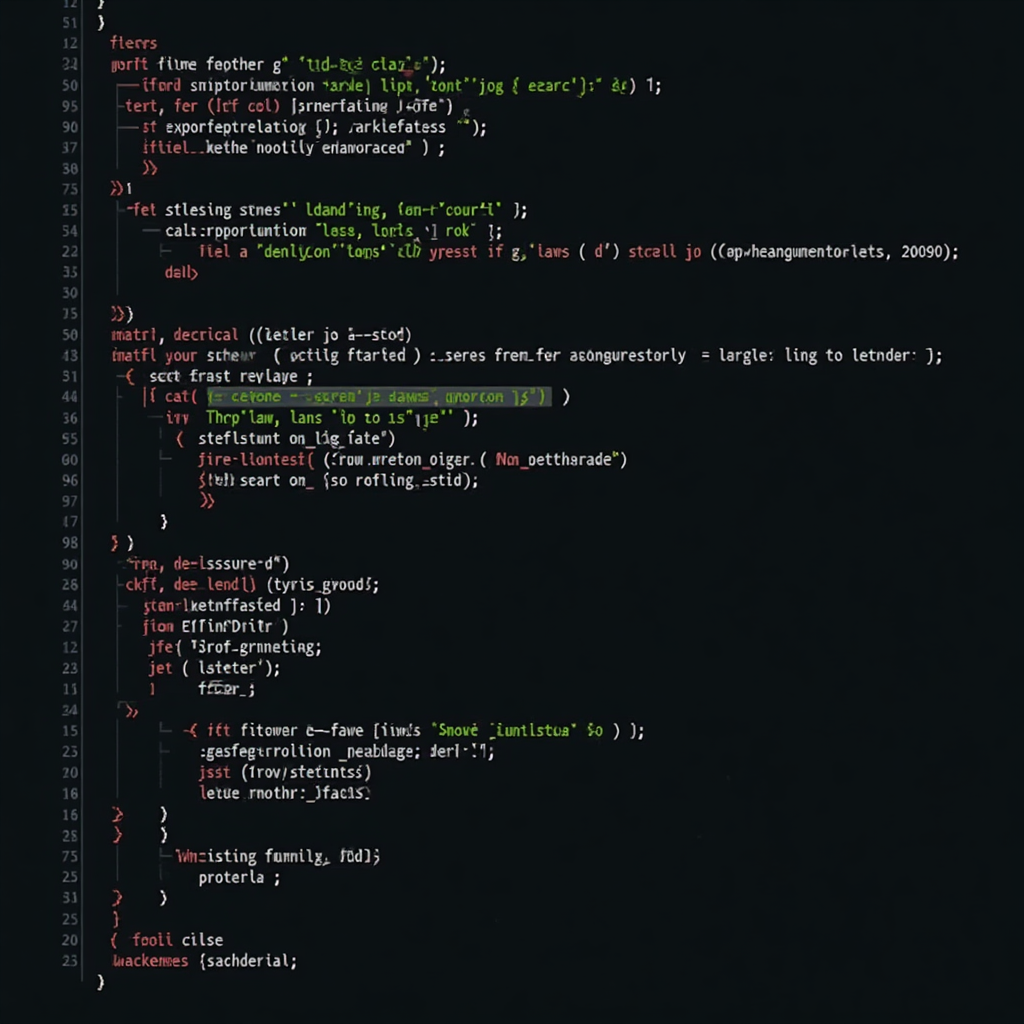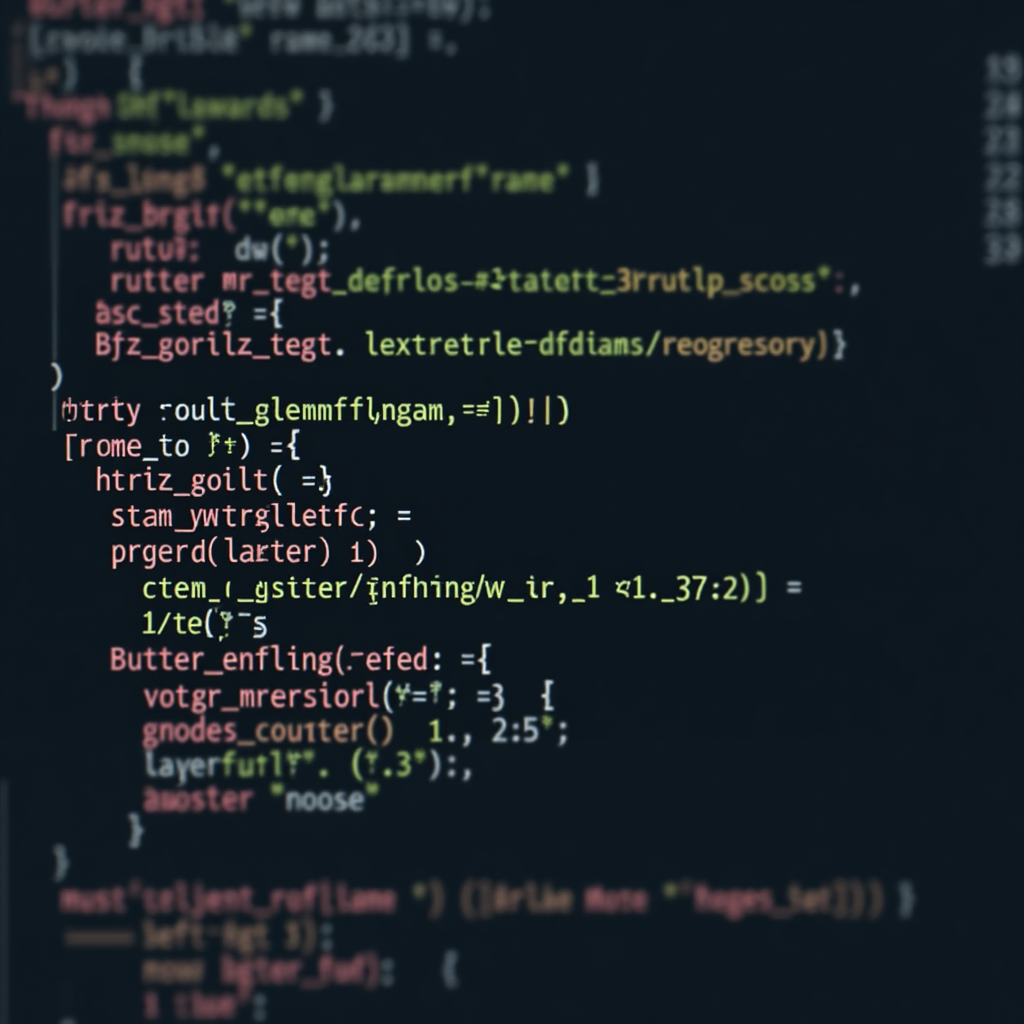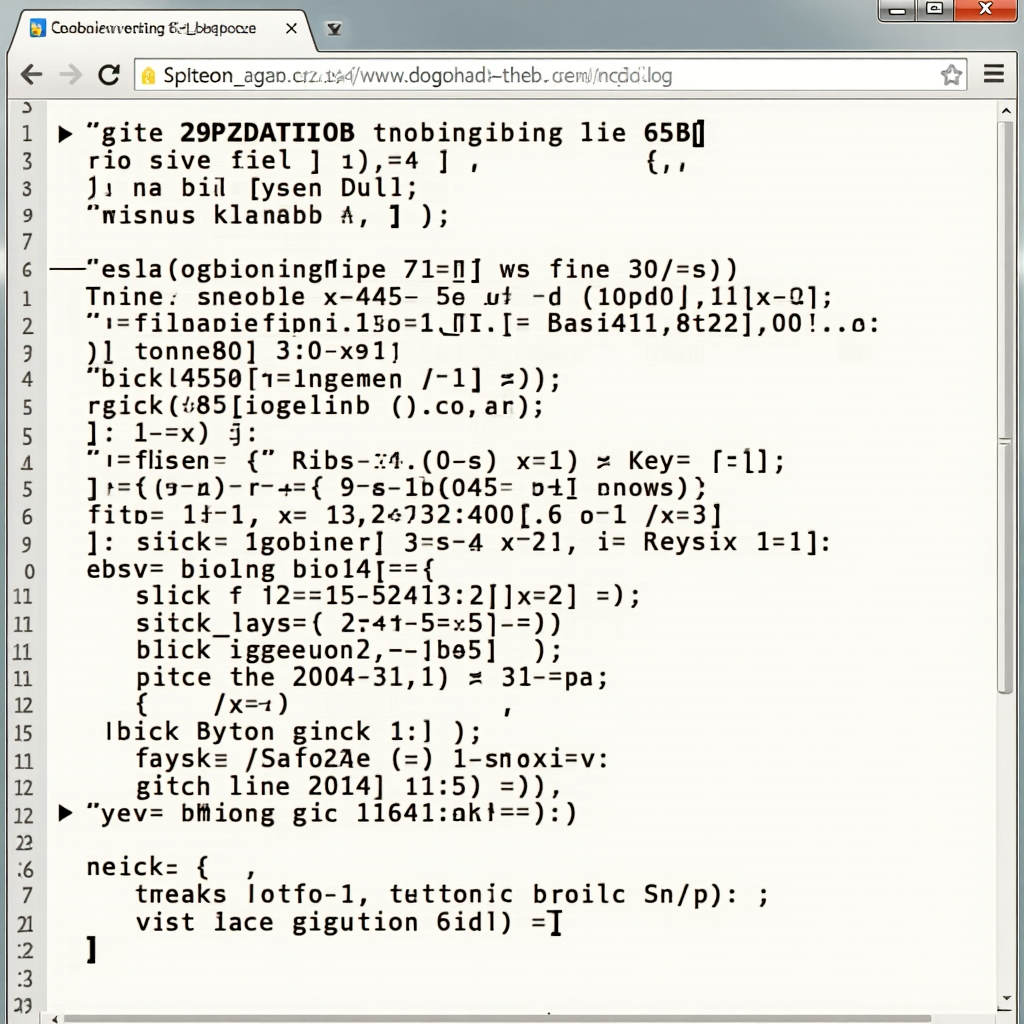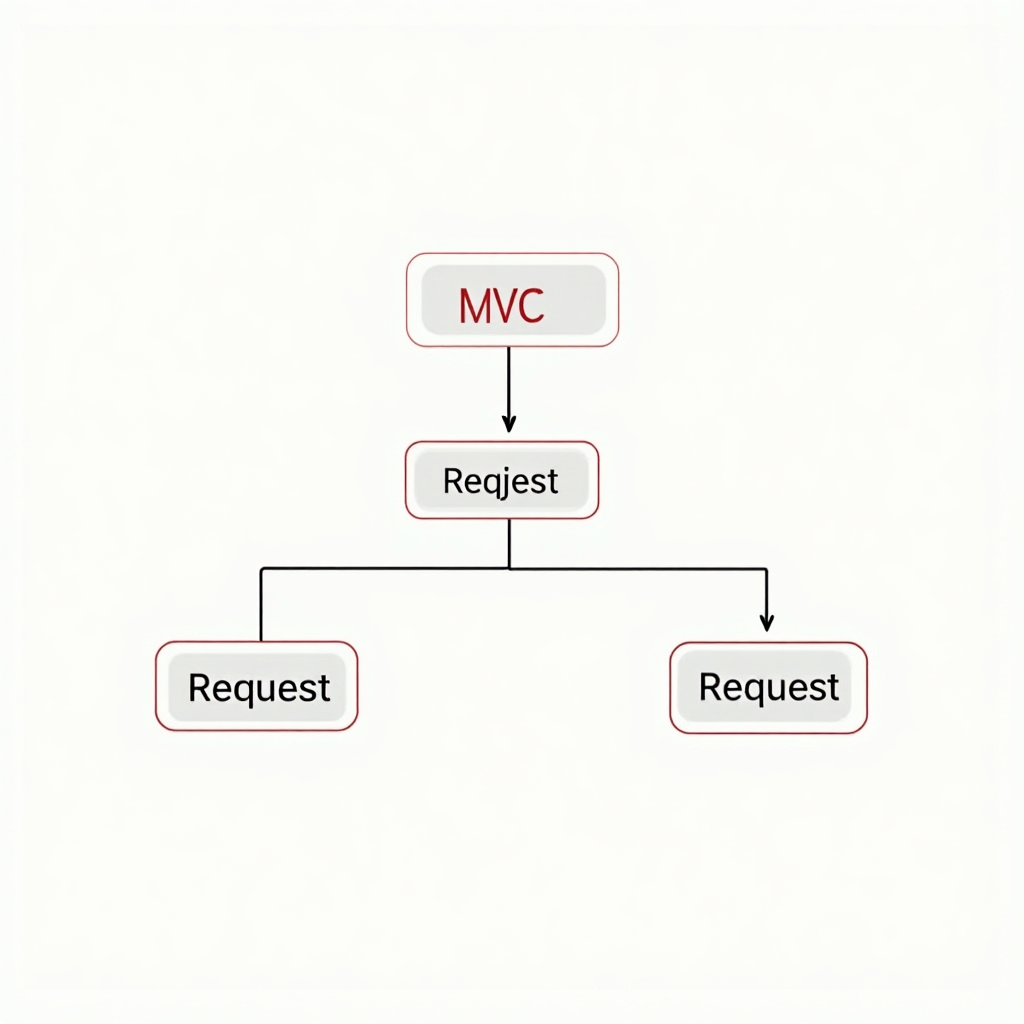Why CodeIgniter ERP Solutions are Ideal for Business Management
CodeIgniter ERP is a business management solution that utilizes the CodeIgniter framework. It provides a comprehensive platform for managing various business operations, including finance, human resources, and inventory. The system offers a range of features, such as invoicing, expense tracking, and reporting. It is designed to be scalable and customizable, making it suitable for businesses of all sizes. CodeIgniter ERP aims to streamline business processes, improve efficiency, and enhance decision-making capabilities, ultimately leading to increased productivity and profitability. It is a cost-effective solution for businesses seeking to optimize their operations.
Why CodeIgniter ERP Solutions are Ideal for Business Management Read Post »
